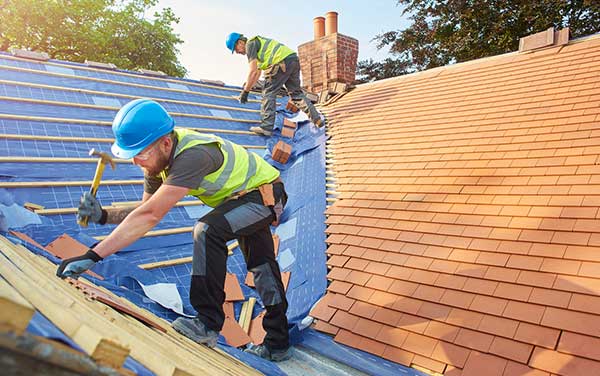I’ve been a homeowner for years now, and I’ve learned that the best way to protection for your home & property is to simply follow some common sense guidelines. These are simple things that will help keep you safe from intruders and other threats, as well as help prevent any damage or injuries in the event of an emergency:
Install an Alarm System
- Install an alarm system.
- A good alarm system is a great way to protect your home and property. You can hire a professional to install one for you, or choose from several DIY options. Either way, you’ll have control over the system so that it only goes off when someone is actually on your property and it’s best if this can be done remotely via your phone. Some systems also link up with other systems in the home and allow you to monitor their status as well.
Use Motion-Activated Lights
Motion-activated lights are a great deterrent to burglars. They’re easy to install and don’t cost much, and they can be used as an alternative to security cameras in some situations.
- Use motion-activated lights to illuminate dark corners of your property, as well as the perimeter of your property. When criminals see these lights come on when they walk past them, it will make them think twice about breaking into your home or entering any other buildings that you have on the property.
Keep Expensive Items Out of Sight
- Don’t leave expensive items out in the open. This is perhaps the most important rule of all, as it’s easy to forget that even something like a laptop computer or desktop can be stolen. If you’re going to be away from your home for an extended period of time, consider renting a safe deposit box for your valuables at your local bank.
- Don’t leave valuable items in your car. It’s pretty much common sense: if someone breaks into your car, they’ll take anything they can find so don’t keep any valuables in there! If you have something valuable with you while driving make sure it is concealed and not visible through windows or doors when parked. Also remember not to leave packages behind when getting out of the vehicle a thief may assume they’re gifts that need to be delivered somewhere else.
Use a Safe
Safes are a great way to protect your valuables, particularly if you want to keep them hidden from intruders. Safes can be installed in your home or office and come in many different shapes, sizes and colors. Some safes are fire resistant, water proof and even made of steel so they’re nearly indestructible.
Check Your Security Routine When You Travel
You may have heard this before, but it’s true: If you’re going to be away from home for more than a few days, make sure you have someone check in on your home. This can be as simple as calling a friend or family member and asking them to swing by every once …

/mobile-home-community-155420264-d9fb8cb4922441b585999f5f49053709.jpg)







